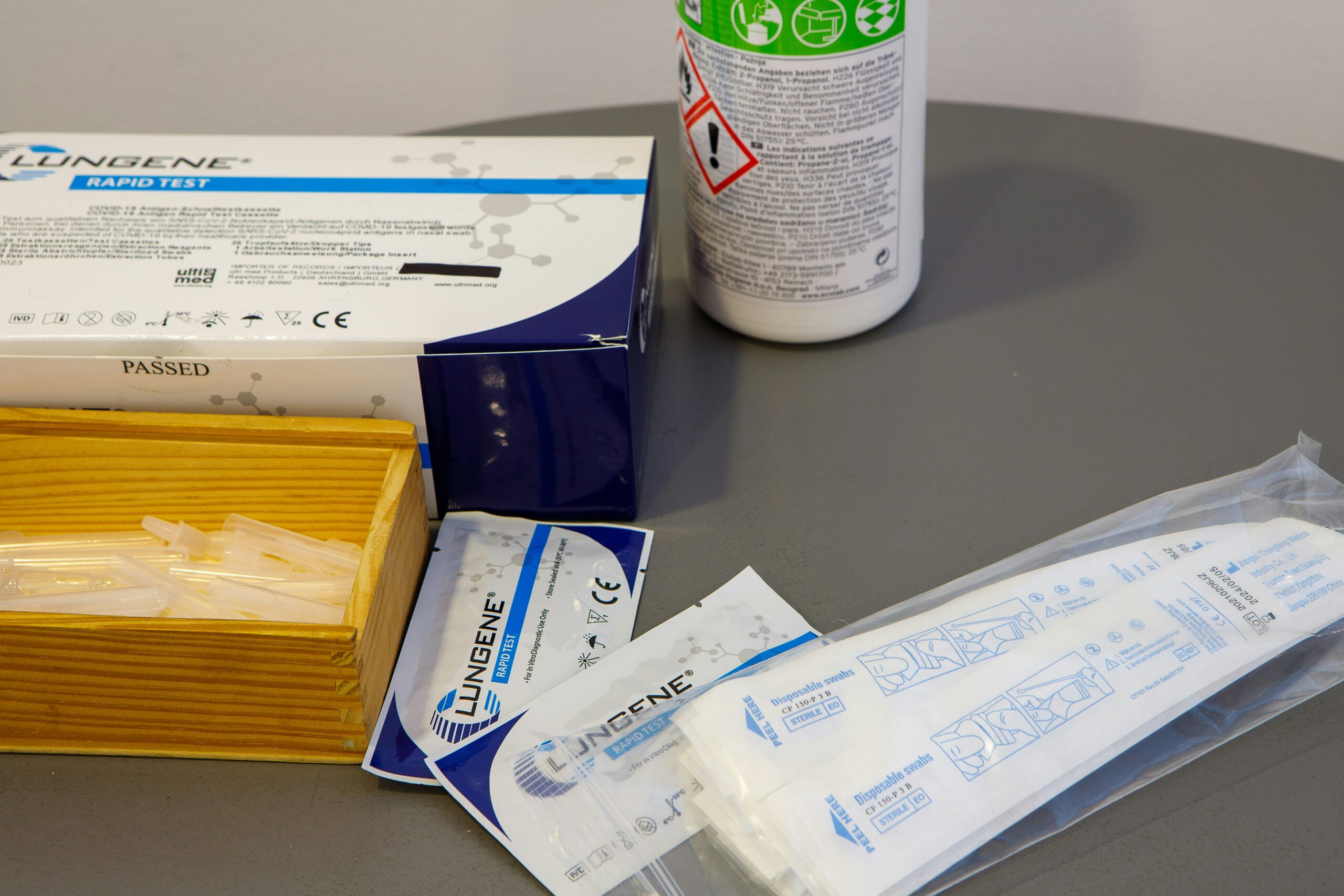Introduction: The Freebie That Sells
Let’s admit it—humans love free stuff. Whether it’s a cheese cube at the supermarket or a trial-size lotion at the beauty counter, we’re wired to accept samples with glee.
Now, transplant that same principle into the high-stakes world of medicine, and what do you get? A tried-and-tested tool: pharmaceutical sampling.
However, unlike that cheese cube, pharma sample distribution isn’t just about feel-good freebies. It’s a strategic, data-backed, regulation-riddled dance between reps, doctors, patients, and the bottom line.
Let’s deep dive into why, how, and when sample distribution actually works—and how to avoid handing out free drugs like party favors at a birthday bash.
1. The Sample That Launched a Prescription
First things first—why bother with samples at all?
Simple. Samples lower the threshold for trial. For physicians, they offer a low-risk way to test efficacy. For patients, they’re a no-cost ticket to relief, especially when it’s their first visit or they’re insurance-wary.
Take Claritin for example. In the late ’90s, reps swarmed physicians’ offices with samples.
The result? Widespread brand recognition, early patient trials, and an eventual over-the-counter migration with a loyal fanbase in tow.
Samples didn’t just introduce the product—they converted skeptics into believers.
2. Not All Samples Are Created Equal
Here’s where it gets nuanced. If you thought pharma reps were playing Santa Claus, think again.
There’s a strategic logic behind what’s sampled, when it’s sampled, and whom it’s given to. Let’s break it down:
- Launch-phase sampling: New drug on the block? Samples create awareness and encourage physicians to take that first, sometimes hesitant, step.
- Switch incentives: Trying to replace a competitor? A sample is your silent persuader.
- Chronic conditions: Conditions like hypertension or diabetes benefit from longer-term prescriptions. Samples can ease patients into adherence.
- Acute conditions: Got strep? Here’s your 5-day sample pack—no delay, no extra trip to the pharmacy.
However, handing a sample to a doctor without context is like sending a comedian on stage with no mic. Sampling needs backup: clinical data, safety info, and a pitch that makes the doctor want to prescribe the full version.
3. Sampling Smarts: Timing is Everything
Much like dating or microwaving leftovers, timing matters.
Let’s say you’re launching a new migraine drug. Sending reps into clinics during flu season? Bad idea. No one wants to chat about prophylaxis when the waiting room’s filled with coughing chaos.
Instead, align sampling campaigns with clinical calendars. Dermatology samples peak in summer, allergy meds in spring. Think seasonally, act strategically.
Also, target days when physicians aren’t drowning in paperwork. Better engagement equals more attention to your product—and, hopefully, more prescriptions post-sample.
4. Digital Sampling: Yes, It’s a Thing
Welcome to the 2020s, where even drug samples have gone digital. COVID-19 forced pharma sales teams to pivot—fast. Out of that chaos rose the era of e-sampling portals and remote rep visits.
Platforms like Veeva, Populus, and Samples.com let HCPs (healthcare professionals) order samples with a click. It saves time, reduces waste, and—bonus!—lets pharma companies track ROI with pinpoint precision.
This method works particularly well in remote regions where rep visits are rare or practices prefer minimal disruption. The doctor gets samples, patients get meds, and everyone gets their time back.
5. The Compliance Maze: Don’t Drop the Ball
Here’s where things get sticky. Samples may be “free,” but the rules around them are anything but loose.
The FDA mandates that samples can only go to licensed prescribers. Plus, records must be meticulously kept: who got what, how much, and when.
In the U.S., the Prescription Drug Marketing Act (PDMA) outlines this.
Violations? They’re no joke—ranging from fines to license suspensions.
Pharma companies use CRM-integrated tools like Salesforce Health Cloud to log every touchpoint. And reps? They’re trained not just to sell, but to document. It’s not glamorous—but in the compliance game, paper trails mean survival.
6. Real Life: The Rep Who Mastered Sampling
Let’s meet Rina, a pharma rep for a respiratory brand.
Instead of spraying samples like confetti, she laser-targeted her top 10 prescribers. She noticed Dr. Rao—a top pulmonologist—had stopped prescribing her inhaler.
Rather than ambush him with data, she approached with empathy: “I noticed your COPD patients often have affordability issues. We’ve updated our assistance programs and have new samples available—want to review?”
Result? Dr. Rao resumed prescribing. Why? Because Rina aligned the sample with his pain point—not hers.
7. Metrics That Matter: Are Your Samples Working?
You distributed 1,000 samples. Great. But did they do anything?
That’s where tracking tools come in. From rep CRM entries to prescription lift metrics, there are ways to measure post-sample behavior.
A good pharma sample distribution strategy will track:
- Sample-to-prescription conversion rates
- Time from sampling to first script
- HCP engagement levels post-sampling
- Therapeutic area ROI
Spoiler: If the conversion is below 10%, you’ve got either the wrong sample, the wrong doc—or the wrong pitch.
8. Finally: Don’t Just Sample—Storytell!
Here’s the truth bomb: a sample alone rarely seals the deal. It’s what wraps around the sample—education, empathy, and engagement—that creates momentum.
Think of the sample as the trailer, not the movie. It teases the experience, but the rep must still sell the story. Why this drug? Why now? And why should Dr. Smith choose your brand over another?
And please—no robot scripts. The best reps listen more than they speak. They ask questions, relate to patient realities, and then position the sample as the natural solution.
The Verdict: Pharma Sampling—A Science in Sneaker Shoes
Sampling may look like a simple handoff, but it’s a layered dance of timing, targeting, compliance, and conversation. Whether in person or through portals, the strategy behind pharmaceutical sampling is what separates top performers from the rest of the pack.
So next time you think “just a freebie,” think again. In pharma, that little box in the doctor’s hand might just be the spark that turns a prospect into a prescription—and a product into a market leader.

